Environmental Data Analysis and Visualization
Warm-up activity
Create a project and file system for this week’s lecture
Download the middlesexEColi.csv dataset from Canvas to the appropriate place in your file system and read it into R
- This is data from E. coli tests conducted on Middlesex County surface water sources between 2018 and 2022.
Create a histogram of the results of these tests. The horizontal (x) axis is colony forming units per 100mL sample (cfu/100mL)
After you’ve plotted the histogram, you can use the
ablinefunction with the argumentv=235to draw a vertical line at 235, and color it red.- The value of 235 cfu/100mL is the State of Massachusetts accepted level for E. coli
Sensor of the day
The Mystic River Water Quality Buoy!
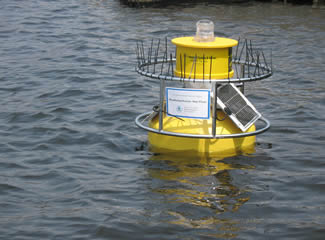

Sensor of the day
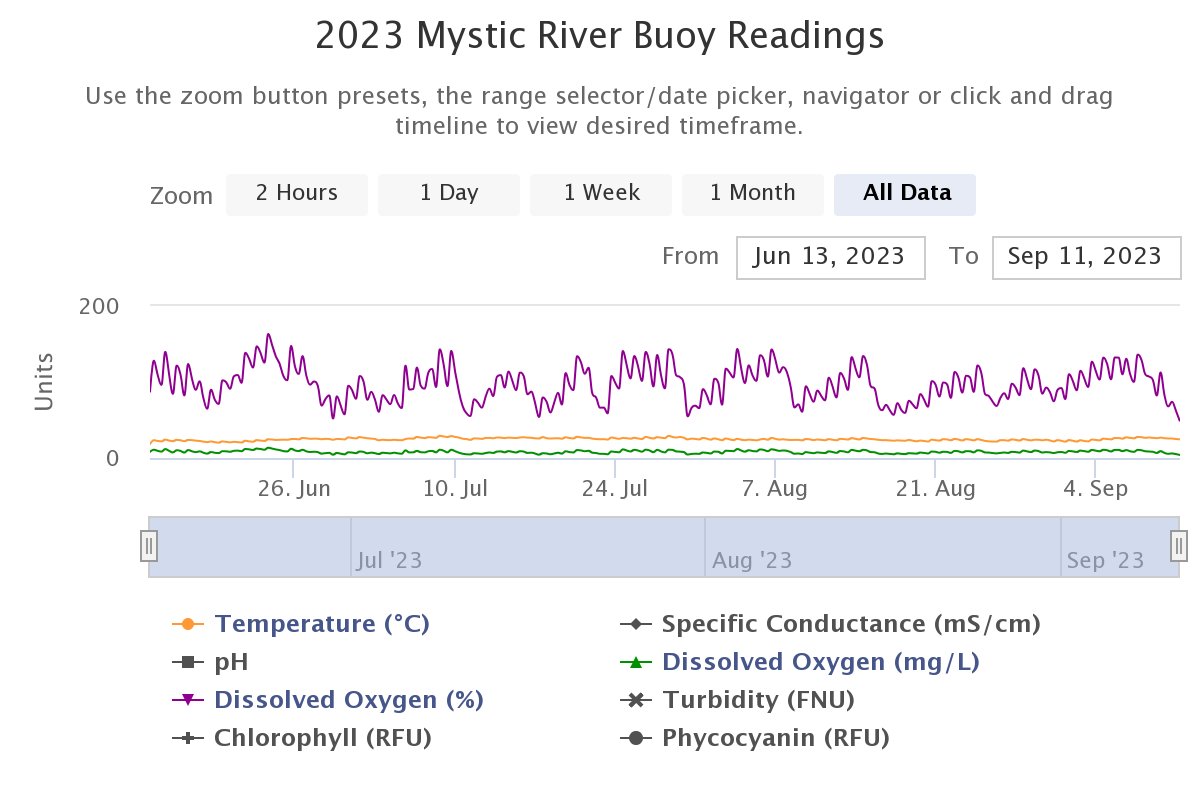
Mystic River Buoy Readings
National Water Quality Monitoring Council
Why visualize?
Visualization helps us to identify patterns and structures in data that are not evident from tables or numerical summaries.
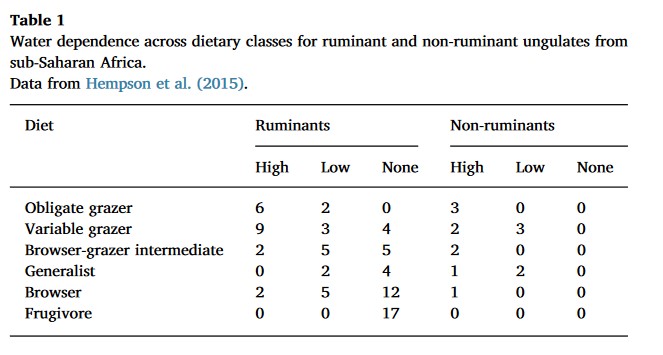
Faith, J. Tyler. 2018. “Paleodietary Change and Its Implications for Aridity Indices Derived from δ18O of Herbivore Tooth Enamel.” https://doi.org/10.1016/j.palaeo.2017.11.045.
Why visualize?

Marine Reservoir Correction data from calib.org
Why visualize?
Mean x: 9
Mean y: 7.5
Pearson correlation coefficient (r): 0.816
Coefficient of determination (R2): 0.67
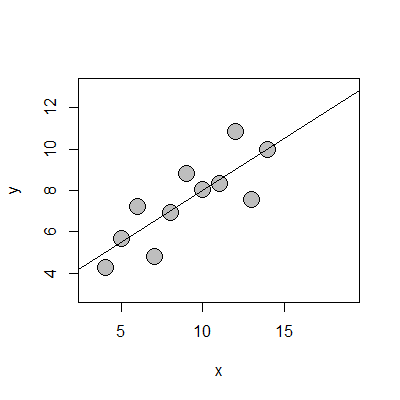
Why visualize?

Avenue, CC BY-SA 3.0 <https://creativecommons.org/licenses/by-sa/3.0>, via Wikimedia Commons
Why visualize?

Matejka and Fitzmaurice, 2017. “Same Stats, Different Graphs: Generating Datasets with Varied Appearance and Identical Statistics through Simulated Annealing.” https://doi.org/10.1145/3025453.3025912.
Also see: datasaurus package
How to make a good visualization
Choose the right chart for the data
Maximize the data-to-ink ratio
Make deliberate design decisions
What kind of visualization?
The type of visualization that should be used depends on the kind of information being conveyed.
What kind of visualization?
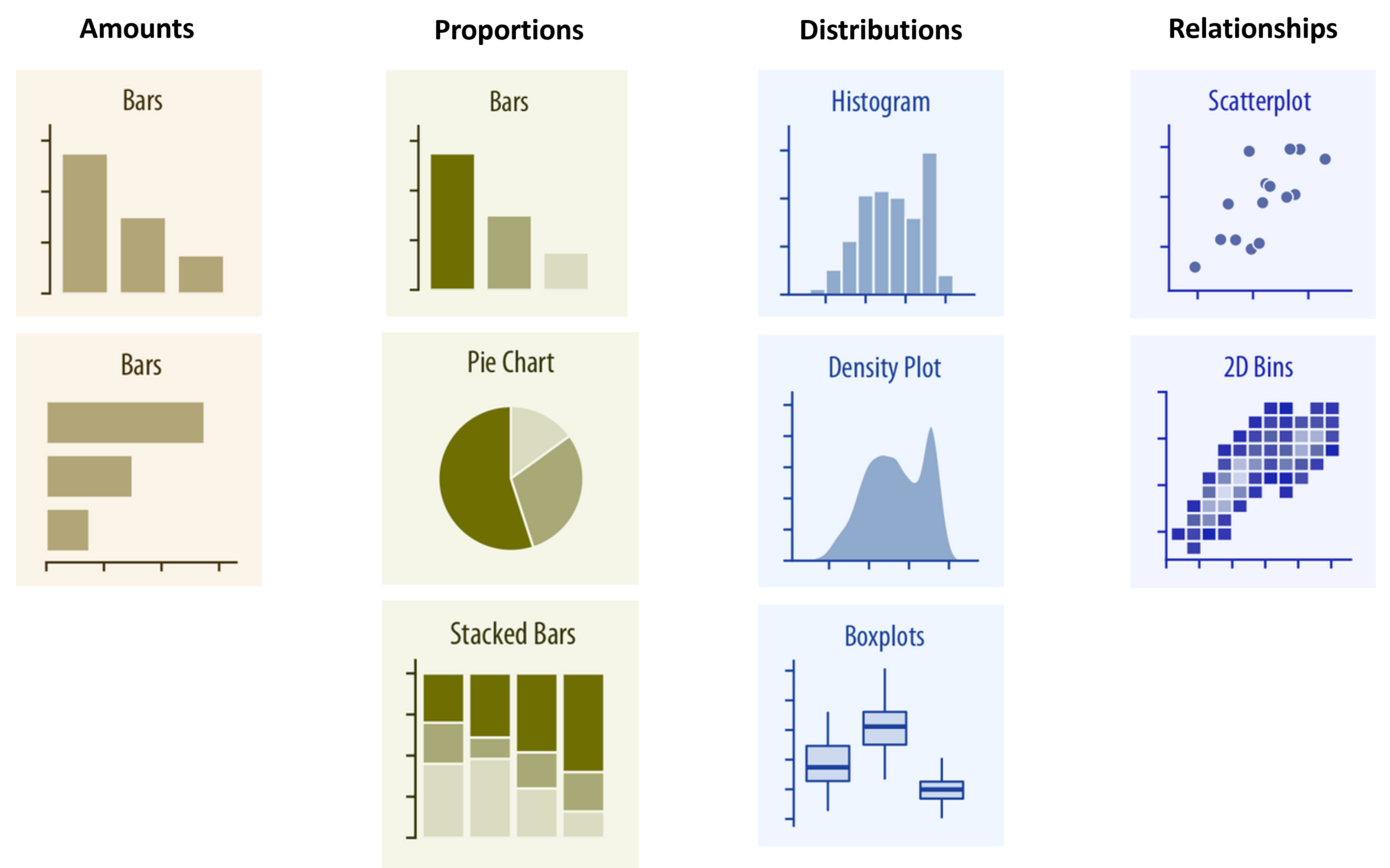
Wilke, Claus. 2019. Fundamentals of Data Visualization
What kind of visualization?
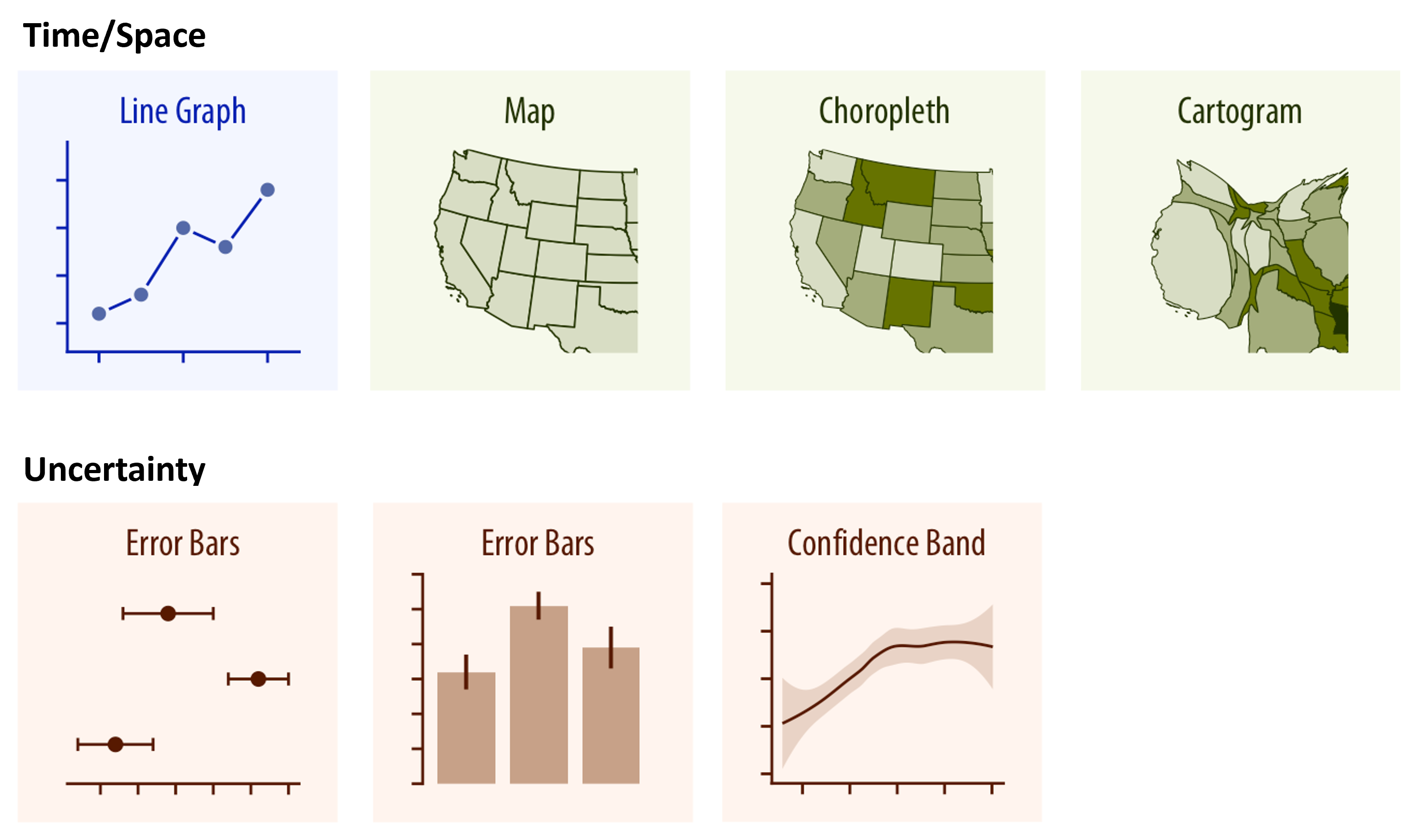
Wilke, Claus. 2019. Fundamentals of Data Visualization
Data-ink
Data-ink (per Tufte 19831) refers to ink (or pixels) that, if erased, would reduce the information being presented.
Ideally, the ratio between data and total ink should be close to 1.
Activity: To erase or not to erase?
/simplexct/images/image-tfe54.png)
Activity: To erase or not to erase?
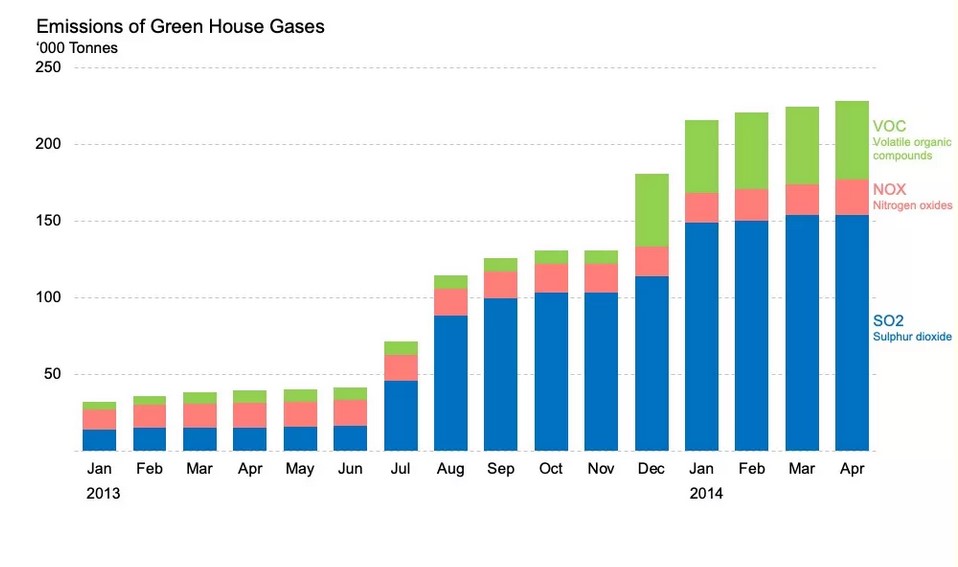
Chartjunk
The most egregious use of non-data ink is often referred to as chartjunk.

Su, Yu-Sung. 2008. "It's Easy to Produce Chartjunk Using Microsoft®Excel 2007 but Hard to Make Good Graphs." https://doi.org/10.1016/j.csda.2008.03.007.
Chartjunk

Su, Yu-Sung. 2008. "It's Easy to Produce Chartjunk Using Microsoft®Excel 2007 but Hard to Make Good Graphs." https://doi.org/10.1016/j.csda.2008.03.007.
Data-ink: Can it go too far?

Can chartjunk be useful?
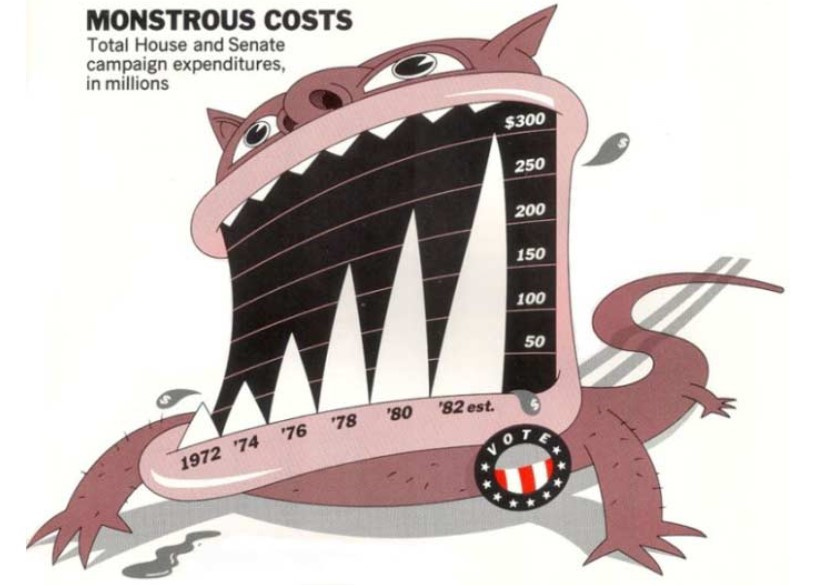
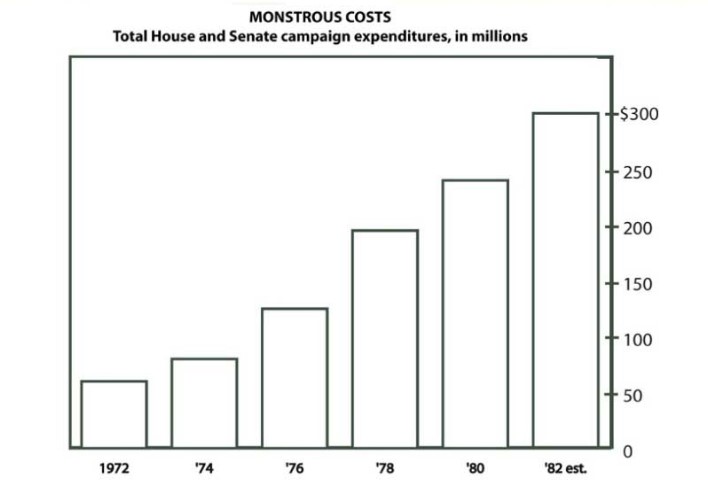
Being Deliberate About Design
How does this choice help someone understand the data?
Contrast
Clarity
Highlighting
Messaging
Accessibility
Some design choices affect some audiences more than others
Color palette
Text and symbol sizes

Wilke, Claus. 2019. Fundamentals of Data Visualization
A layered grammar of graphics
A framework (per Wilkinson et al. 2005; Wickham 2010) used to describe the components of a data visualization in terms of a set of layered objects

Aesthetic mapping

https://wilkelab.org
Additional components
| Component | Description | Example |
|---|---|---|
| Statistics | Statistical transformations or summaries of data | mean, log transformation, smoothing spline |
| Facets | Divisions in data used for multi-plotting | side-by-side plot, 2 x 2 plot |
| Coordinates | Space used for plotting values | Cartesian 2D space, polar coordinate space |
| Themes | Non-data ink | Font size, shading of background grid, location of tick marks |
Introducing ggplot2

Introducing ggplot2
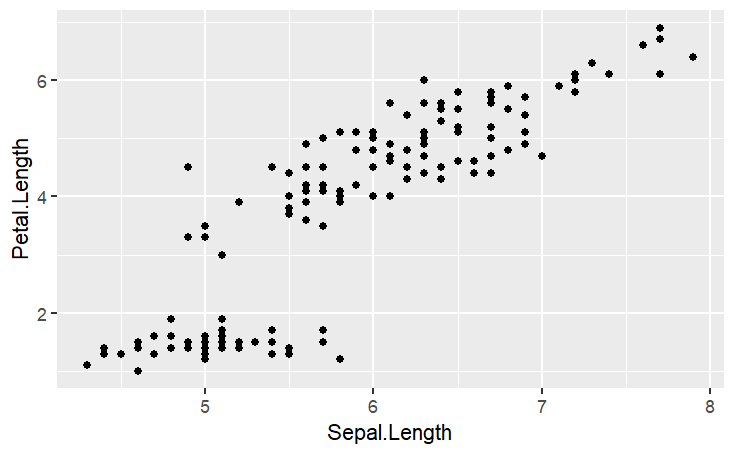
Introducing ggplot2

Introducing ggplot2
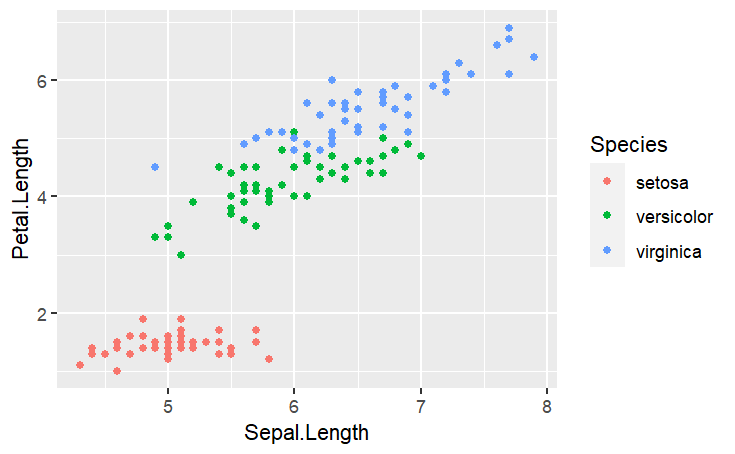
Activity: My first plot, part 2
Use the
as_tibblefunction to convert thefaithfuldataset from dataframe to a tibbleUsing ggplot2, plot the
faithfuldataset as a scatterplot, with waiting time as the x variable